EASI is anticipating a big year in 2024. To begin with, as many as six project begun in 2022 and ’23 could see final closure — sale of a property to conservation interests or development of a mitigation bank. The projects are expected to deliver dramatic results to landowners who, through EASI, have discovered the market value of land-and-water ecological assets on their properties.
Project summaries and current status are given below.
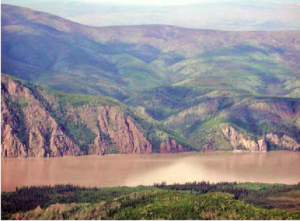
Alaska – Woodchopper Creek: A 1400 acre property along the southeastern portion of the Yukon River, the last privately held inholding of the Yukon-Charley Rivers National Preserve, has been offered for sale to either the federal government or to local non-profit conservation organizations. EASI examined the market value of latent mineral deposits—including gold, silver and rare earths—taking into consideration patented and unpatented mineral claims. EASI then compared those results to the value of in-tact ecosystem services, using reclamation costs as the basis for comparison if the property were to be mined. Our rationale? To demonstrate that protecting ecosystem services via conservation is the most prudent long term strategy for this inholding. Mineral values grew dramatically during 2023—by about 15 percent in the case of gold. This suggests that delays in purchasing the mineral rights have boosted the property’s buyout price, not to mention the conservation value if minerals were to be mined and ecosystem services degraded. In the meantime EASI learned that this property is top of the list for US National Park Service acquisitions! Next steps will include an on-site, summertime mineral assay to confirm the concentration and distribution of minerals, hopefully leading to a successful buyout and subsequent transfer of the property to the National Preserve.
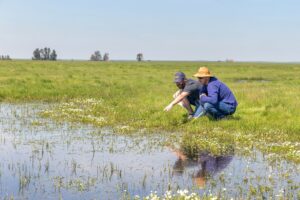
California – Eastern Merced County: A 300 acre property located in the southeastern portion of the county contains pristine vernal pools and wetlands. EASI examined the gross value of these ecological assets and advised the landowners—descendants of a noted Gold Rush theater family from San Francisco—about next steps in selling the property as a future wetland and conservation bank. The property will be surveyed this coming spring by certified biologists who will identify specific vernal pool shrimp species, as well as their population size and distribution.
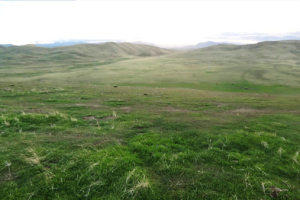
Western Merced County: A 2700 acre property in far western Merced County will be developed for compensatory mitigation as part of the Agua Fria Mitigation Bank originally permitted in the 1990s for sale of Western burrowing owl and San Joaquin kit fox credits. Those credits have been sold. The remaining acreage will be proposed as a Phase II addition to Agua Fria. Next steps include a property appraisal, development of a value-based land use plan for the 2700 acres, then stepwise sale of the land—which could include development of a solar energy facility on a portion of the property.
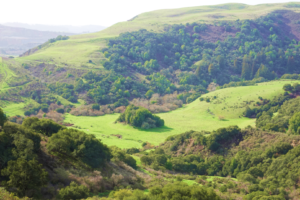
Santa Cruz County: A 1300 acre property located within the Pescadero River watershed contains a variety of rare species and habitats capable of earning conservation credits. The property is known to support steelhead trout, a member of the salmonid family, along with other ‘creditable’ species such as California red legged frog, California spotted salamander and Western burrowing owl. Following a formal appraisal, the landowners have recently offered the property for sale to conservation organizations at a price that reflects the net present value of compensatory mitigation credits that could be developed there. Such credits represent the land’s ecological asset value, these days an essential component of any rural land appraisal.
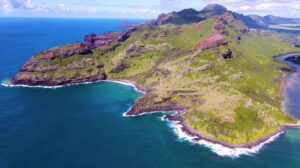
Hawaii – Kauai’s Niumalu Coast: A 1400 acre property called Kalanipu’u by native Hawaiians, located near the town of Lihue, is being offered for sale by the current landowner. The ecological asset value of the land is uncertain because the State of Hawaii does not oversee a compensatory mitigation program. EASI examined the property’s ecosystem service base on behalf of the landowner, then proposed a ranking system for eco-services to reinforce the importance of committing the land to long term conservation. Next steps will include presentation of ranking results to state and federal conservation interests with the idea of selling the land as a state or federal preserve. In the meantime, the landowner will also sell to private interests so long as they commit to protecting the property’s rare tropical species and habitats.
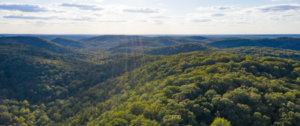
North Carolina – Montgomery County: A 380 acre property located in the central part of the county is being developed as a solar energy facility. However, the property’s two watersheds and attendant wetlands are being managed as ‘stream zones,’ meaning timber and understory habitat surrounding the solar facility will remain in-tact. The landowner wants to develop these remaining acres for mitigation banking and has asked EASI to perform, 1) a business analysis for a new mit-bank in Montgomery County, and 2) an on-site survey of eco-asset acres should the business analysis look promising. The project is expected to be completed by spring of 2024.
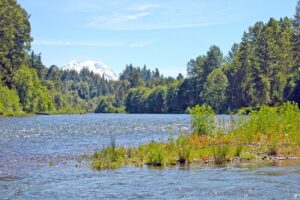
Washington – Yelm County: Another 380 acre family farm located near the mouth of the Nisqually River contains valuable wetland and fish spawning habitats. EASI examined the gross market value of potential wetland and conservation credits at the property supporting conservation of three salmonid species—Chinook & Coho salmon as well as steelhead trout. The value of wetland and white oak credits was also studied. The landowner is now in discussions with state and federal agencies, local tribes and conservation groups to determine reasonable sale price that takes the property’s ecological assets into consideration. This follows on the heels of a nearby property sale, this time in Thurston County, WA (another EASI client) to the State of Washington. The Washington Department of Fish & Wildlife acquired 1400 acres of upland wetland and lowland Mazama pocket gopher habitat for conservation purposes. The property earned the landowner about $10,000 per acre based on the land’s gross eco-asset values.
———-
For more information about these or other projects, contact EASI at info@easlllc.com, or 415-706-6154.